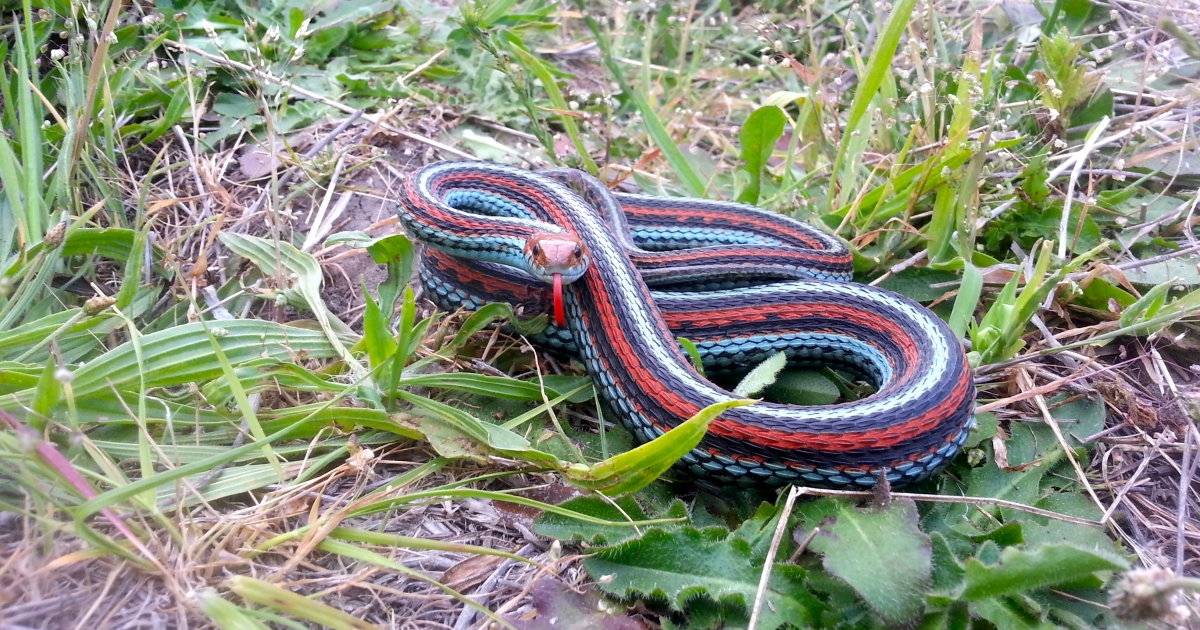San Francisco garter snakes are found along California's southern coast and live in aquatic and upland environments. The population has recently experienced significant habitat loss due to urban development and groups within the population have become isolated from one another. The isolated populations have generated cause for concern among conservationists due to the possibility of genetic drift. Genetic drift is the loss or disappearance of genes within a population, reducing genetic diversity overall. To determine if genetic drift is occurring in San Francisco garter snake populations researchers obtained small tissue samples from individuals in geographically isolated populations for genetic analysis.
Researchers used the tissue samples to quantify the DNA and establish the number of genes, compared loci, and determine the sex of the individuals. The DNA was then compared with individuals from other geographic sites. Researchers determined that the populations were experiencing significant genetic erosion due to their isolation. This genetic drift is crucial for conservationists moving forward since the species is currently endangered. The study published in 2020 determined that the populations were experiencing genetic drift, it would certainly be interesting to redo this study to determine if the genetic drift is increasing and what conservation efforts would be most beneficial.










